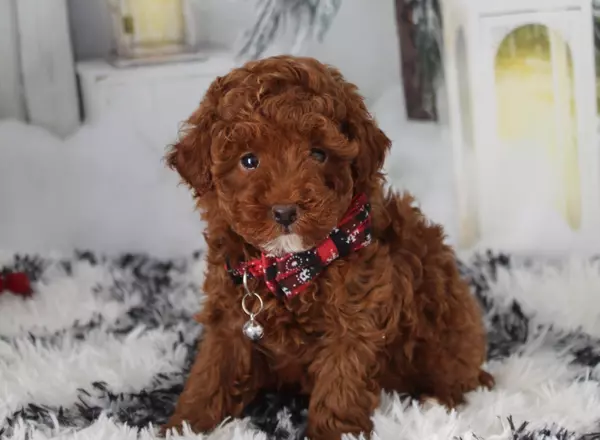Introduction
Cosplay, short for costume play, is a fascinating and creative hobby that allows individuals to bring their favorite fictional characters to life. With careful attention to detail and skilled craftsmanship, cosplayers strive to recreate the look and feel of their chosen characters. However, not all cosplay is created equal. In this article, we will delve into the world of bad cosplay and explore the reasons behind its existence. From questionable costume choices to inaccurate portrayals, bad cosplay has its own unique charm. So grab your sewing kit and let’s explore the wild and wonderful world of bad cosplay!
Bad Cosplay: A Fashion Fiasco
The Basics of Bad Cosplay
Bad cosplay, as the name suggests, refers to costumes and portrayals that fall short of the mark. While cosplay is often celebrated for its attention to detail and accuracy, bad cosplay embraces a more relaxed approach. It is a realm where imagination knows no bounds, and creativity takes precedence over accuracy. Bad cosplay can be a result of various factors, such as limited resources, time constraints, or simply a lack of skill. But one thing is certain—it never fails to capture attention and spark conversations.
Unconventional Costume Choices
In the world of bad cosplay, there are no rules when it comes to costume choices. Cosplayers often take creative liberties, combining elements from different characters or even different genres altogether. This can result in bizarre mash-ups that leave traditionalists scratching their heads. From a pirate-superhero hybrid to a zombie princess, bad cosplay takes the concept of “out of the box” to a whole new level. While these choices may not please everyone, they undoubtedly showcase the unique imaginations of the cosplayers involved.
Inaccurate Portrayals and Uncanny Resemblances
Bad cosplay is not only about unconventional costumes but also about inaccurate portrayals of beloved characters. Whether it’s a poorly executed makeup job or a lack of resemblance to the original character, bad cosplay can sometimes border on the surreal. Yet, it is precisely this unpolished charm that attracts attention and generates discussion. After all, bad cosplay reminds us that cosplay is not just about perfection but also about embracing imperfections and having fun.
When Bad Cosplay Becomes a Meme
In the age of social media, bad cosplay has found its own niche as an internet sensation. Memes featuring cosplayers with questionable fashion choices or hilarious mishaps have gone viral, providing entertainment for millions. While some may argue that these memes mock the efforts of cosplayers, others see it as a celebration of creativity and a testament to the inclusive nature of cosplay. The ability to find humor in our own shortcomings is what makes bad cosplay a beloved and enduring phenomenon.
FAQs about Bad Cosplay
Q: What makes a cosplay “bad”?
A: Bad cosplay can be subjective, but it often refers to costumes and portrayals that deviate from the original character or lack attention to detail. It can also encompass unconventional costume choices that defy traditional norms.
Q: Is bad cosplay disrespectful to the original creators?
A: Not necessarily. While bad cosplay may not accurately represent the original characters, it is usually done in the spirit of fun and creativity. Cosplay, at its core, is about expressing love and appreciation for fictional worlds and characters.
Q: Can bad cosplay be intentional?
A: Yes, bad cosplay can be intentional. Some cosplayers deliberately choose to create humorous or exaggerated interpretations of characters, embracing the “bad” label as a form of self-expression.
Q: Are there any benefits to bad cosplay?
A: Bad cosplay sparks conversations and generates humor, often bringing people together through shared laughter. It also highlights the inclusive and accepting nature of the cosplay community, where everyone is encouraged to express themselves.
Q: Can bad cosplay inspire others?
A: Absolutely! Bad cosplay showcases the creativity and resourcefulness of cosplayers, encouraging others to embrace their own unique ideas and interpretations. It reminds us that cosplay is not limited to strict rules and can be a truly personal and imaginative endeavor.
Q: How can one improve their cosplay skills?
A: Improving cosplay skills takes time and practice. Attend workshops, join online communities, and learn from experienced cosplayers. Experiment with new techniques, study reference materials, and most importantly, have fun while honing your craft.
Conclusion
Bad cosplay may not always meet the conventional standards of accuracy, but it embodies the spirit of creativity, imagination, and inclusivity that defines the cosplay community. Through unconventional costume choices, inaccurate portrayals, and the power of internet memes, bad cosplay has carved out its own unique place in the world of cosplay. So the next time you come across a questionable cosplay, remember to appreciate the effort, embrace the imperfections, and celebrate the boundless creativity that makes bad cosplay an endearing phenomenon.



